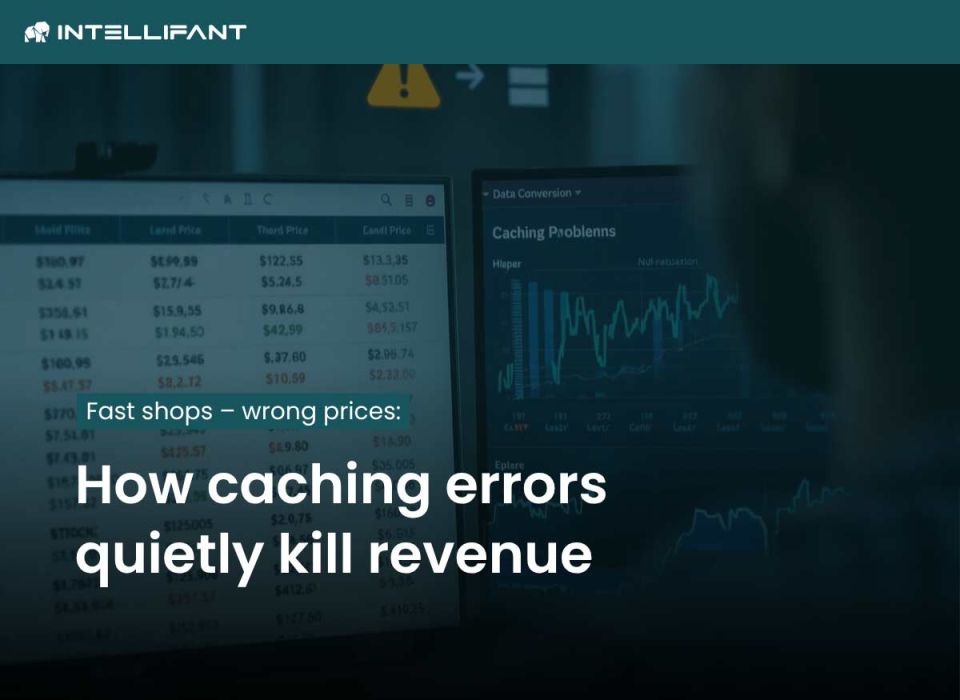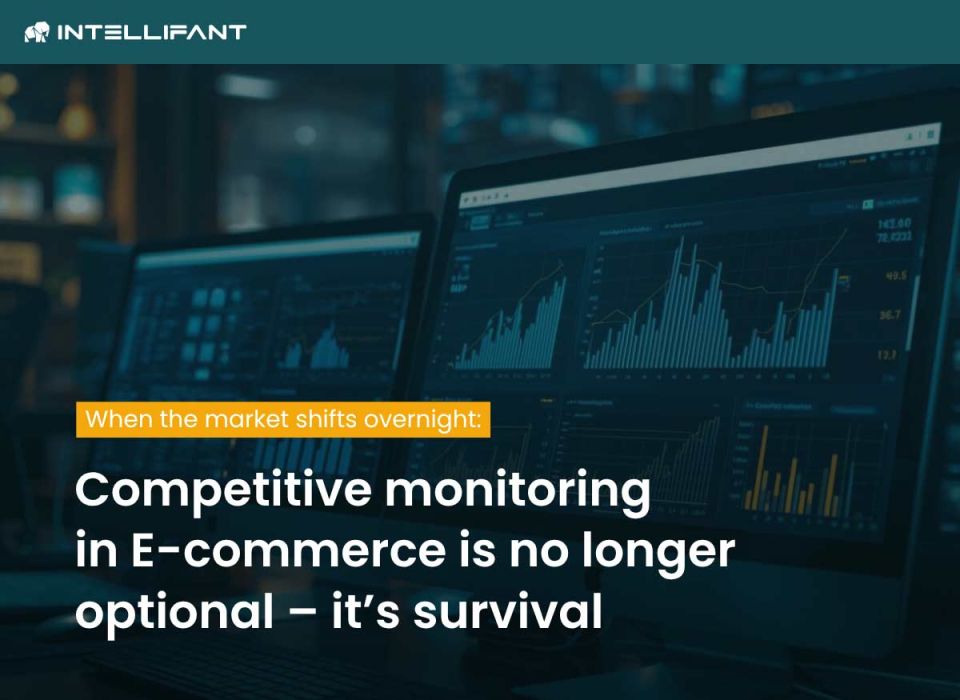You should automate these 3 areas of e-commerce now
In the summer of 2025, Walmart unveiled a large-scale initiative: with AI “super agents” such as “Sparky” for customers and “Marty” for sales staff, the retail giant aims to automate key tasks – from order management to customer interaction.
Reactions to this have been mixed, but the message is clear: automation is set to become the backbone of e-commerce.
Walmart expects this to result in greater efficiency, faster processes and personalised services. Critics question whether customers really want to be served by AI – or whether human service will be lacking at crucial moments.
Our approach: automation is not an end in itself. It is only worthwhile if it solves operational problems, saves costs and increases customer satisfaction.
For smaller retailers, it is important to identify the right areas and use automation in a targeted manner. In our view, these areas are particularly useful:
1. Order monitoring & anomaly detection – preventing silent losses
SMEs in particular often do not have the resources to constantly check key figures. However, a failure in a payment method or a faulty plugin can quickly cost hundreds of pounds per hour.
This is where targeted automation pays off: a tool such as INTELLIFANT supplements classic BI reports with an early warning function and reports anomalies promptly by email. This means that silent sales losses – such as pricing errors or conversion slumps – are quickly detected.
2. Stock levels & fulfilment – automate routine processes
For SME retailers, the issue of stock reconciliation is crucial. If an item is displayed as available in Shopware or on marketplaces even though it has long been sold out, this not only incurs support costs but also damages the company's image.
Effective automation in this area means:
- Automatically synchronising stock data between Shopware, ERP and marketplaces.
- Dynamically update delivery times to avoid overselling.
- Standardise returns workflows so that refunds and restocking can be processed without manual intervention.
This is one of the biggest efficiency levers in 2025, especially for shops with many SKUs and multi-channel distribution.
3. Marketing & campaigns – automatically control performance
Marketing remains expensive – according to the Shopify Report 2024, customer acquisition costs (CAC) are rising continuously. This makes it all the more important not to ‘burn’ budgets manually, but to optimise them through marketing automation.
For Shopware users, this means in concrete terms:
- Automated campaign management based on sales and traffic data.
- Trigger emails and remarketing (e.g. automatically addressing shopping cart abandoners).
- Dynamic price and discount management depending on stock levels or seasonality.
This allows campaigns to run on a data-driven basis, while retailers can focus more on strategy rather than day-to-day business.
Conclusion: Automate where it counts
The Walmart example shows the way forward – but for SME retailers and Shopware users, it's less about futuristic AI assistants and more about concrete operational relief.
- Order monitoring secures sales and prevents silent losses.
- Inventory & fulfilment automation reduces errors and increases customer satisfaction.
- Marketing automation ensures more efficient campaigns and better budget utilisation.
Those who make these adjustments in 2025 will gain operational efficiency – and thus more time for what really matters: growth.
#ecommerce #earlywarning system #automation #future #socialmedia





